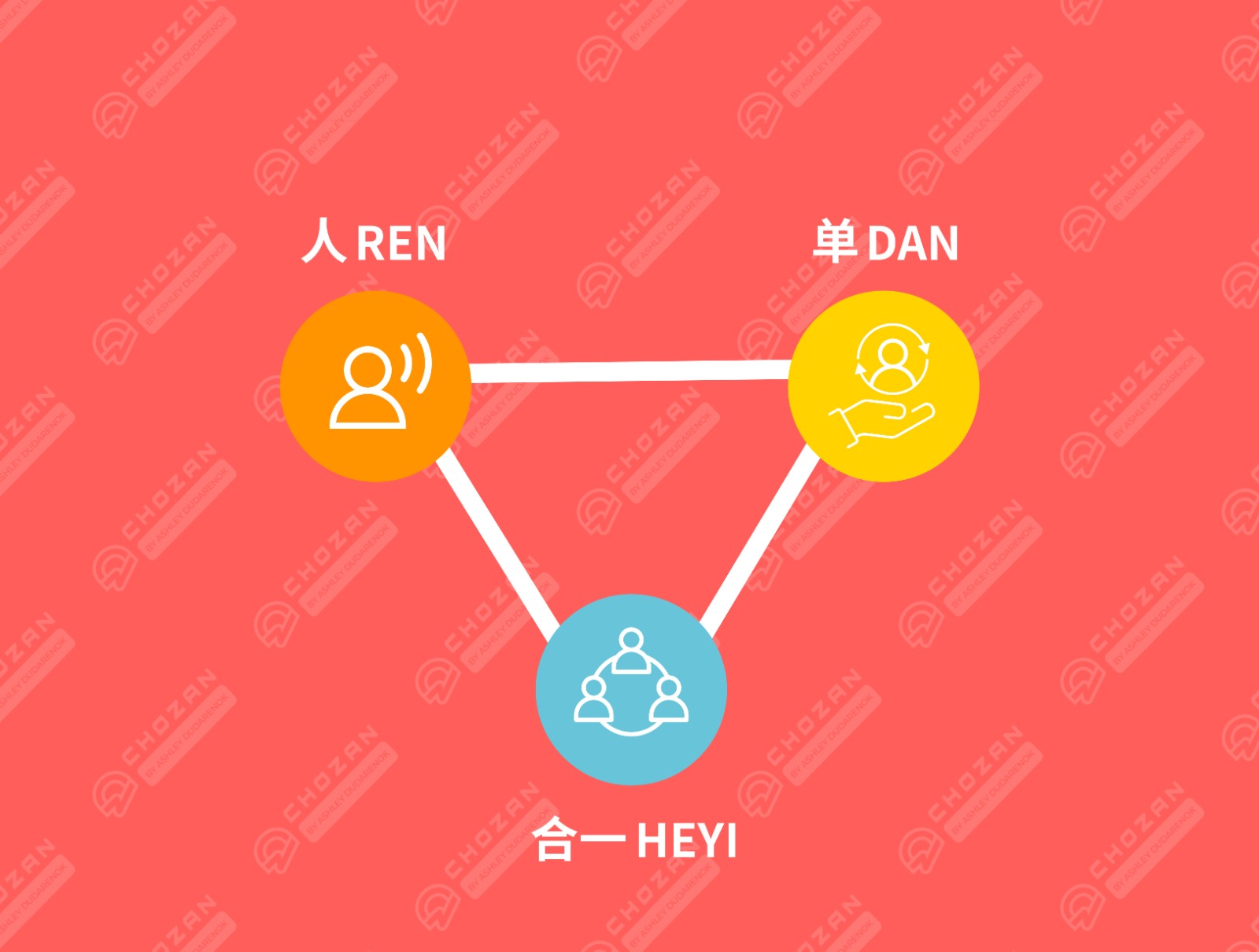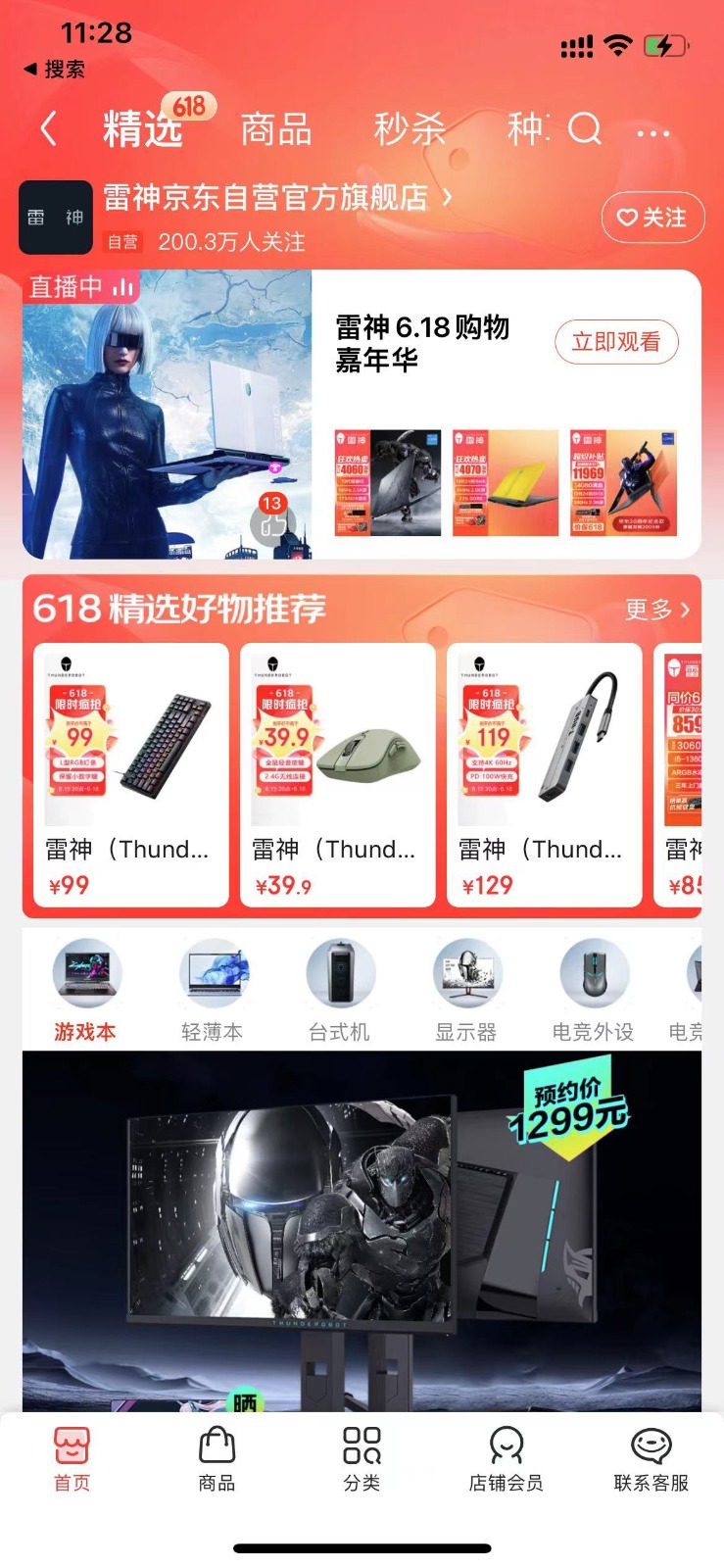For a long time, Western business management models were dominant in the industrial and manufacturing world. This stands to reason as the industrial revolution began and advanced in these countries. From the assembly line innovations of Ford early in the industrial revolution to Motorola’s Six Sigma model to ensure high quality and minimal waste, they guided companies all over the globe.
These models still have their advantages and maintain their value for certain companies, situations and markets. However, it needs to be recognized that they’re models of past eras before we had the internet, a hyper-connected populace, social media and 24 hour news cycles.
In 2022, China had the most companies on the Fortune 500 list, and their revenue surpassed that of the American companies for the first time. With the country’s rapidly changing, hyper-competitive market, business management concepts coming from Haier (RenDanHeYi), Lenovo (Build a team. Set a strategy. Lead a team.), Alibaba (Mission, Vision, Values), and Huawei (Grey Management in Chinese Leadership), have gotten attention and recognition in both the East and the West.
Let’s take a look at the revolutionary model developed over time by Zhang Ruimin at Haier.
What is RenDanHeYi?
Source: ChoZan
RenDanHeYi is a Chinese business philosophy that was developed starting in 2005 by Zhang Ruimin, the founder and CEO of Haier Electronics.
“Ren” means people and refers to employees and companies.”Dan” represents users and their needs and “HeYi” is the connection between the two. It could be roughly translated as “Maker-User Synergy”. Haier itself often translates it as “the value to the employee is aligned with the value to the user.” The expression and idea are adaptations from Lao Tzu’s Taoist idea of TianRenHeYi, “Unity of nature and man”.
Those involved with Haier often mention that the standard corporate action is to look to supervisors and headquarters for guidance, but after they started working for Haier, they no longer looked to headquarters. Headquarters was there for support and funding if they needed it, but they looked to the market and to consumers for their direction.
When he took over Haier in 1984, it was a failing Qingdao refrigerator manufacturer. It entered into a joint partnership with German refrigerator company Liebherr. Zhang Ruimin instituted rigid, military style management to reinforce professional behavior and a relentless focus on product quality.
As product quality and employee attitudes improved, he adjusted his management style and continued to adapt it through each phase of the company’s progress and the market’s development. It seems Zhang Ruimin was given a great deal of leeway in terms of his management style because the results were obvious and output and company performance improved radically.
How Does it Work?
According to Zhang, this approach has allowed Haier to thrive in the new digital age. In 2005, he and his team started thinking of how they could keep pace with the far-reaching changes brought about by the Internet. This is when RenDanHeYi was born. With its focus on connectedness and customization, Zhang believes that this approach will hold strong as the economy transforms yet again, driven by the Internet of Things.
It unleashes entrepreneurship at all levels of a company and fosters flexible approaches, a highly adaptable workforce and a network of microenterprises within a larger corporation with a very flat structure.
The model is highly recognized by International Strategic Management master Gary Hamel. According to the Harvard Business Review, Gary sees the future of corporate management in Haier’s model. In his view, the Haier model represents two big shifts: a shift in mindset and a shift in the power structure from the traditional pyramid structure to the network structure.
In the West, this style of management is also referred to as Quantum Management. Previous business models were often based on creating well-oiled machines and trying to apply the latest scientific discoveries and concepts. Quantum Management proposes that organizations are best handled as living, constantly adapting systems that are more like forests.
As of September 2022, Haier had dozens of entrepreneurial sub-platforms, including an intelligent internet platform, and has incubated over 3,600 small units and microenterprises. Of these, more than 100 generate annual revenues of over 100 million yuan. Additionally, Haier has introduced 1,333 venture capital institutions, 15 entrepreneurship and innovation incubation bases, 12 billion yuan of venture capital funds, and 108 incubator spaces. Over the past decade, Haier Group’s revenue compound growth rate reached 6.1%, and its profit compound growth rate reached 30.6%.
What Are The Key Elements of RenDanHeYi In Practice?
Enterprise Purpose
According to Zhang Ruimin, shareholders can share profits but can’t create value. Employees can create value for users, and this ultimately translates into value for shareholders. This isn’t the purpose but a natural end result.
By putting employees first in an ownership role with decision-making powers and a salary paid by the customer, they automatically become more entrepreneurial.
Another strength of the RenDanHeYi model is its compatibility with different cultures. This is sometimes expressed using a “salad culture” analogy, which suggests that every culture is like a vegetable in a salad, and the RenDanHeYi model is the salad dressing that binds them together. This approach recognizes that each culture has unique values and emphasizes the importance of respect for individuals, making it a model that can be accepted and implemented in different countries.
Management Mode
The RenDanHeYi thrives in modern, networked and Internet of Things eras. The model emphasizes the importance of value rationality, which unifies purpose and means. The model recognizes that value is created when employees contribute, which in turn gives them a sense of self-worth. In the realm of the Internet of Things, it’s essential to benefit every part of the ecosystem, unlike traditional competition among various brands to be at the top or internal competition withing corporations. Most importantly, RenDanHeYi makes it possible to create a system and mechanism for delivering value in a coordinated manner.
Organizational Structure
Haier uses a flat, networked management structure that turns a person into a node where everyone can connect to develop their own business.
The main operational structures are parallel cells with unified platform teams inside a networked ecosystem. There’s no traditional hierarchical management. Every employee has the potential to become a small or micro company, while users hold significant influence as the real leaders.
Its supply chains operate as a complex network of autonomous, dynamic nodes. These nodes can provide services to both small businesses and the public, making the entire system highly adaptable and responsive to changing needs. Haier employees are also free to use resources from within the company or contract third parties outside it depending on which solution makes the most sense and works best.
Motivation
Zhang Ruimin believes that pay is the main driving force for all enterprises. Traditional salary systems can be divided into two categories: broadband salary, which is based on position and ability, and principal-agent incentive, where the principal is the shareholder and the agent is the professional manager. However, these systems are only applicable to a small number of people and not the whole. The RenDanHeYi model changes the motivation system, making the user’s salary a driving force of maker ownership and puts great emphasis on customer-paid salaries.
The Internet of Things
Zhang Ruimin believes that in the era of the Internet of Things, enterprises should transform themselves into networked brand leaders and partners. Haier’s evolution in the Internet of Things era is to build a brand that is interconnected and integrated internally and externally. This paradigm can be used globally.
Within Haier’s platform, 183 enterprises have received one or more rounds of financing with four being listed and 18 being pre-IPO. They have 28 industrial parks, 108 marketing centers, 122 manufacturing centers, and 240,000 sales networks. Haier has reached 160 countries and regions worldwide and serves over 1 billion users.
Digital Transformation Best Practices
The impressive results of RenDanHeYi have attracted companies worldwide to learn and implement the model. Emmanuel Quintarelli, director of the RenDanHeYi Italian Research Center, reports that there are currently 415,000 corporate members in the global network, including 330,000 regular members and 85,000 paying members. The number of enterprises using the model has reached 82,000.
ThunderRobot: A Top Competitor in Gaming Laptops
ThunderRobot was born out of Haier’s internal team in 2014. The ThunderRobot team collected over 30,000 negative comments from users on the open platform, identifying computer issues ranging from blue screens to cooling problems. They decided to address user pain points first.
Screenshot via JD Mall account: ThunderRobot
The ThunderRobot project was inspired by data from the e-commerce platform JD Mall. While laptop sales were declining, ThunderRobot co-founder and Haier employee Li Ning found that PC game sales were on the rise. He also noticed that there was no dominant brand in this market segment and that the entry barriers were not high. As a result, the team was established to create a star product.
Haier Group has established hundreds of small companies like ThunderRobot. However, there aren’t many small enterprises and startups like it that have won the favor of venture capitalists. The ultimate goal of the RenDanHeYi model is to replicate this achievement on a much larger scale, thousands of times over.
How GE Appliances (GEA) Adopted RenDanHeYi
In 2016, Haier acquired GEA, which is an American home appliance manufacturer based in Louisville, Kentucky. Four years later, GEA’s revenue had grown by 1.8 times, and profits had tripled, even before the merger. Previously, GEA’s primary focus was on internal operations, with a core emphasis on avoiding mistakes. However, since joining Haier, GEA has shifted its focus to growth over cost and is now targeting America’s leading appliance companies.
Despite the acquisition, there was no change in management, and GEA adopted RenDanHeYi to empower everyone in the company, even at the lowest level, by giving them decision-making power. The strategy centered on the market first and aligned the entire business with the needs of users.
AQUA: How the RenDanHeYi Model Conquered the Japanese Market
Haier Intelligence’s acquisition of Sanyo Aqua is one of the brand’s star examples. Before Haier’s intervention, the washing machine manufacturer had been facing eight years of losses. However, just eight months after the merger, it turned its losses into profits, creating a miracle of cross-border mergers and acquisitions. Sanyo Aqua is now the fastest-growing brand in the Japanese market, with a market share of more than 70% in smart washing machine category. Its position as Japan’s leader in commercial washing machines is typical of Haier’s culturally adaptable strategy. Everyone wants to be respected by others and valued and RenDanHeYi empowers everyone to become a maker.
In terms of internal growth, many startups, such as Haier Bio, have emerged. Liu Zhanjie, the general manager of Haier Biomedical, used to be a university teacher and later joined Haier as an R&D professional. After discovering a market opportunity transforming traditional medical storage equipment with IoT technology, he decided to set up a small micro company. He and his teamed joined the scientific innovation board in 2019. As a result, the company’s market value has increased by 300% in just two years, and they have become a leading enterprise in the sector.
Fujitsu Western Europe, one of the world’s top 500 enterprises, achieved a threefold increase in orders and a positive net recommendation value from previously negative customers after implementing Haier’s method of order integration.
Fabrizio Martelley, co-founder and CEO of the Italian advertising and marketing firm ConfectFactory, describes how his company used RenDenHeYi methods. They split the company into seven small units and removed managers. As a result, the revenue generated in the first half of this year alone exceeded the cost of the entire fiscal year.
The main purpose of the RenDanHeYi model is for the company to identify and develop new services to meet the actual needs of its users.
Conclusion
RenDanHeYi is more than just a methodology. It’s a business philosophy that blends individual motivation with business values. By dividing large teams into smaller, more agile ones, each employee becomes a CEO responsible for their own business. This approach promotes efficiency and flexibility within the organization.
There are seven points in the RenDanHeYi model that anyone can apply.
-
An open system of microenterprises
Instead of pyramid shaped closed systems, enterprises work as a network of self-managing, communicating microenterprises.
-
Customer-orientation
The goal is to serve lifetime users of products and services designed to serve them and solve their problems.
-
Use leading targets
Small groups are encouraged to pursue ambitious growth and transformation goals, not simply follow aims built on last year’s results.
-
Open contracting
Teams are free to use services outside of the company if a better solution is available there.
-
Voluntary cooperation
People cooperate in platforms that are aimed at serving an industry or sector or developing a new capability without top down direction.
-
Open innovation
Research and development heavily involves clients, outside organizations and experts. Funding and feedback can be sourced through crowdsourcing.
-
Employee ownership
Employees are self-directed and self-motivated, often electing leaders and members of their teams.
Successful business model innovations can go unnoticed except by experts and those who study management. To improve your own business practices, it’s worth studying and implementing some of the successful strategies that have emerged from China.
Learn from China’s innovations and see what you can implement in your business. ChoZan can train your company how China’s RenDanHeYi business model is used to build customer-centric businesses, product lines and services. Contact us and we’ll arrange a chat to find out what you need to move forward.
Sources:
https://www.rendanheyi.com/home
https://hbr.org/2023/03/how-chinese-companies-are-reinventing-management
https://link.springer.com/chapter/10.1007/978-981-16-7849-3_5
https://www.cambridge.org/core/journals/management-and-organization-review/article/haiers-management-model-of-rendanheyi-from-sea-to-iceberg/6F2290822A982945B3A33914980EFAF7
http://lightbringers.net/content/taoism-review
https://terebess.hu/english/tao/am.pdf






